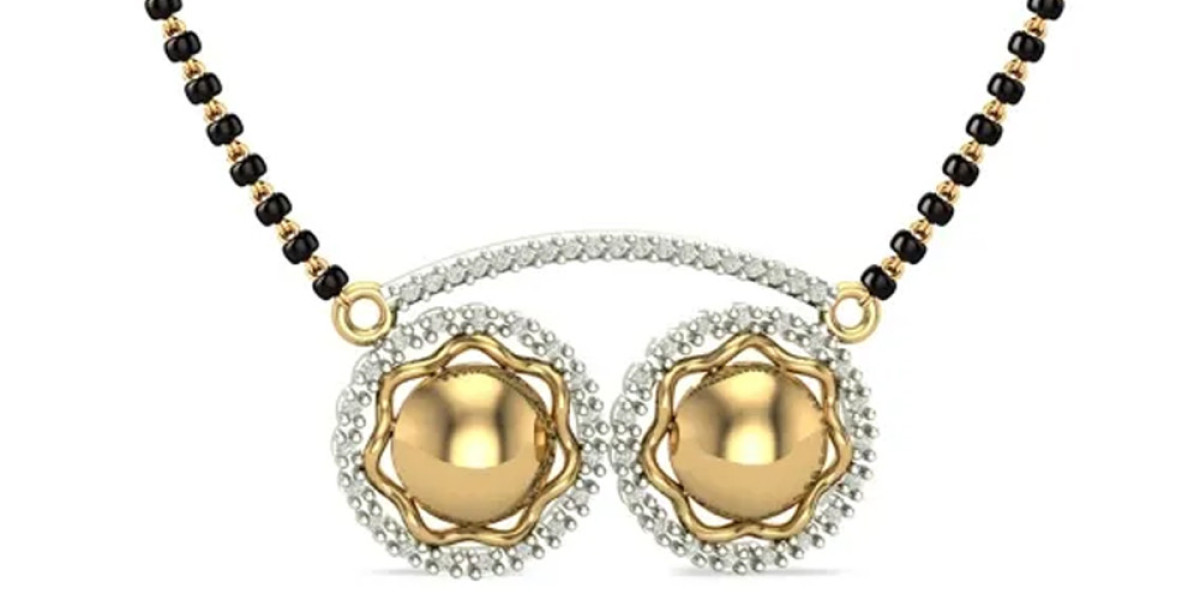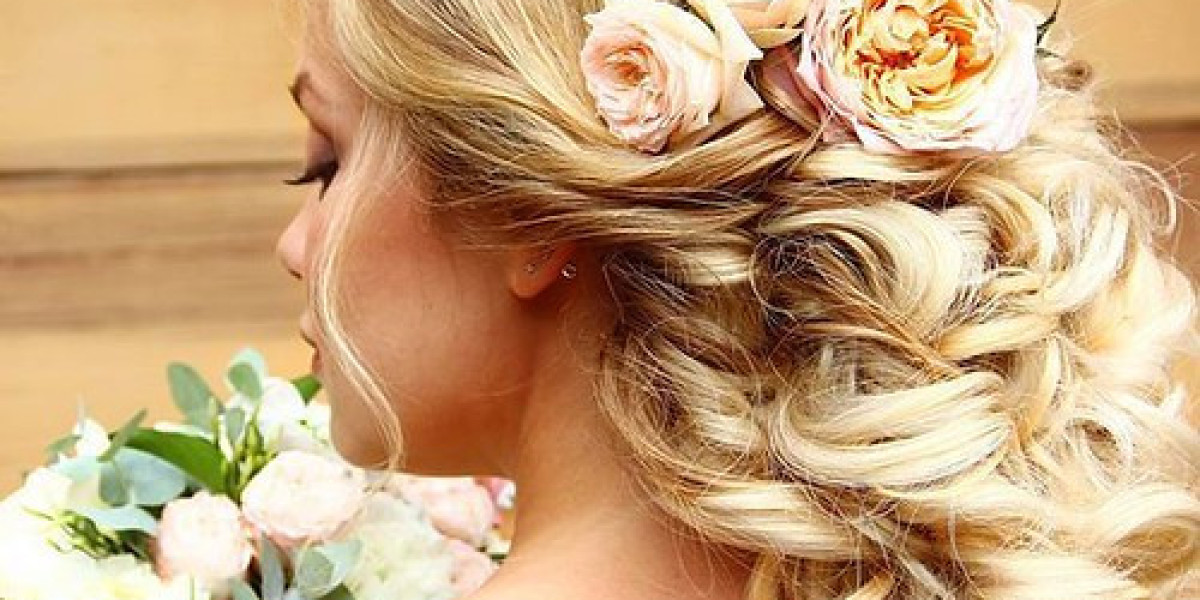Bridal jewelry is not just about adornment; it carries deep cultural, historical, and emotional significance. Throughout history, bridal jewelry has evolved, reflecting changing social norms, artistic influences, and cultural traditions. At Dishis Designer Jewellery, we celebrate this rich heritage by offering a wide range of bridal jewelry that honors tradition while embracing modern trends. Let’s take a journey through the ages to explore the evolution of bridal jewelry and how it has shaped the way brides adorn themselves on their special day.
Ancient Times: The Origins of Bridal Jewelry
The tradition of bridal jewelry dates back to ancient civilizations, where jewelry was seen as a symbol of wealth, status, and protection. In ancient Egypt, brides adorned themselves with gold and gemstones, believing that these precious materials had protective powers. The use of turquoise, lapis lazuli, and carnelian was common, with designs often inspired by nature, such as lotus flowers and scarabs.
In ancient India, bridal jewelry was deeply intertwined with religious and cultural practices. The use of gold was prevalent, symbolizing prosperity and divine blessings. Brides wore intricate gold necklaces, bangles, earrings, and anklets, often passed down through generations. The mangalsutra, a sacred necklace symbolizing marital commitment, has its roots in these early traditions and remains a vital part of Indian bridal jewelry to this day.
The Middle Ages: Symbolism and Extravagance
During the Middle Ages, bridal jewelry in Europe became more elaborate and symbolic. The influence of the church and the growing power of monarchies led to the use of gemstones with religious and protective significance. Pearls, known as the "teardrops of the moon," were particularly popular, symbolizing purity and chastity.
Royal brides wore extravagant pieces, often adorned with diamonds, rubies, and emeralds, set in intricate gold and silver designs. These pieces were not only symbols of wealth and power but also carried deep personal and familial significance. The tradition of wearing a wedding ring, a practice that dates back to ancient Rome, became more widespread during this period, with rings often inscribed with romantic or religious motifs.
The Renaissance and Baroque Periods: Artistic Flourish
The Renaissance brought a renewed interest in art, culture, and beauty, and this was reflected in bridal jewelry. The designs became more intricate, with a focus on symmetry and harmony. Gemstones were cut and polished to enhance their brilliance, and enamel work became a popular technique for adding color and detail to jewelry.
During the Baroque period, bridal jewelry reached new levels of extravagance. Large, ornate pieces featuring clusters of diamonds and colored gemstones were in vogue. The concept of matching jewelry sets, or parures, became popular, with brides wearing coordinated necklaces, earrings, and tiaras. Pearls continued to be highly prized, often used in elaborate headdresses and chokers.
The Victorian Era: Sentimentality and Romance
The Victorian era marked a shift towards more sentimental and romantic bridal jewelry. With the advent of the Industrial Revolution, jewelry became more accessible, allowing a broader range of brides to wear elaborate pieces. Queen Victoria herself set many bridal trends, popularizing the use of diamonds and sapphires in engagement rings.
Victorian bridal jewelry often featured symbolic motifs such as hearts, flowers, and bows, representing love, fidelity, and prosperity. Lockets containing a lock of hair or a portrait of a loved one were also popular. This era saw the rise of the solitaire diamond engagement ring, a trend that continues to this day.
The 20th Century: Innovation and Individuality
The 20th century brought significant changes to bridal jewelry, reflecting the social and cultural shifts of the time. The Art Deco movement of the 1920s introduced bold, geometric designs, with a focus on diamonds, platinum, and colorful gemstones. Brides embraced these modern, stylish pieces that symbolized the new era of freedom and glamour.
The mid-20th century saw the rise of the diamond as the quintessential gemstone for engagement rings, thanks in part to De Beers' iconic "A Diamond is Forever" campaign. This period also witnessed the introduction of white gold and the popularity of matching wedding bands.
In the latter half of the century, bridal jewelry became more personalized, with brides choosing pieces that reflected their individual style and heritage. The trend of custom-designed engagement rings and wedding bands emerged, allowing couples to create unique symbols of their love and commitment.
Modern Day: A Blend of Tradition and Innovation
Today, bridal jewelry is a beautiful blend of tradition and innovation. Brides have more options than ever, from classic diamond solitaires to unique, custom-designed pieces. There is a growing trend towards ethical and sustainable jewelry, with brides choosing conflict-free diamonds and eco-friendly materials.
At Dishis Designer Jewellery, we embrace this diversity by offering a wide range of bridal jewelry that caters to every taste and tradition. Whether you’re drawn to the timeless elegance of a diamond necklace, the cultural significance of a traditional mangalsutra, or the modern appeal of a custom-designed piece, our collection has something for every bride.
Conclusion
The evolution of bridal jewelry is a testament to the enduring power of love, tradition, and personal expression. From the ancient civilizations to the modern day, bridal jewelry has played a crucial role in wedding rituals, symbolizing the union of two souls and the beginning of a new journey together. At Dishis Designer Jewellery, we are proud to continue this legacy by offering exquisite bridal jewelry that honors the past while embracing the future. Explore our collection and find the perfect pieces to celebrate your special day, creating memories that will last a lifetime.


